Tajikistan, Turkmenistan, and Uzbekistan are three Central Asian countries that share geographical boundaries and cross-border ethnic linkages with Afghanistan. As a result, the developments in Afghanistan have directly impacted these countries. Although the majority of the population in Central Asia is Muslim, they have quite varied religious perspectives due to the long shadow cast by the Soviet Union’s communist regime. On the other hand, the Taliban administration in Kabul in the 1990s intended to establish an Islamic caliphate, which was unacceptable to its Central Asian neighbours. Therefore, Central Asian countries supported the anti-Taliban forces in Afghanistan as they feared the negative consequences of the Taliban regime in the 1990s.
Following 9/11, when the United States launched its war on terror and NATO troops entered Afghanistan to attack terrorist organisations such as Al Qaeda and establish democracy; Central Asian countries supported NATO operations. They also hoped for increased regional security and stability. In 2014, the United States announced the withdrawal of NATO soldiers from Afghanistan. This decision weakened Afghanistan’s central authority, increased the number of radicals, and resulted in an influx of arms and narcotics. It has also been concerning for Central Asian countries for two reasons: first, these countries’ inadequacy to protect their borders, and second, an unstable Afghanistan is detrimental to their connectivity and logistic ambitions with South Asia.
In this context, Kirill Nourzhanov and Amin Saikal’s book focuses on the security implications of Central Asian-Afghanistan relations. The book also explores the involvement of major powers such as Russia, China, and the United States in the Afghanistan-Central Asia dynamics. The book is divided into five chapters covering the rise of the Afghan threat and how Central Asian countries responded to it. The book also explores the future role of Central Asia in Afghanistan.
The first chapter delves into the history of the Taliban and the worsening of US-Afghanistan relations during Karzai’s second term and Ghani’s failed attempt to restore relations. One thing to note about this chapter is that it demonstrates how the US strategy to transform Afghanistan into a stable, secure, and prosperous country has failed since all US presidents have ignored the local culture. The United States’ Afghan strategy was certainly more concerned with its self-interests and geopolitical goals than with delivering peace and stability to the country.
The second chapter analyzes the Afghan threat to Central Asia, including cross-border terrorism, refugee movements, and drug and narcotics trafficking. Another security threat these countries have is the number of Central Asian youths joining radical groups in Afghanistan. Some of them have fought alongside ISIS in Iraq and Syria and are now seeking refuge in Taliban-controlled parts of Afghanistan. Their long-term goal is to realise their revolutionary dreams in their native state. The author maintains that the CARs’ (Central Asian Republics) response to these threats has been defensive. These measures include improving their counter-insurgency capacity and establishing buffer zones along the border with Afghanistan.
Notably, the third chapter emphasises that the CARs collectively perceive the answer to the Afghan challenge as political and economic rather than military. Socio-economic development and speeding up a negotiated peace process are two significant components of their approach to enhancing stability and reducing threats. Central Asian countries, especially Uzbekistan, have been proactive in making diplomatic efforts to bring peace to Afghanistan. In order to advance a negotiated peace process in Afghanistan, Central Asian countries adopted measures such as direct representations to the Taliban, bilateral representations to the Afghan government, and multilateral representations through regional multilateral organisations such as Shanghai Cooperation Organization (SCO) and the Collective Security Treaty Organization (CSTO). Except for Tajikistan, the other Central Asian countries have volunteered their assistance as mediators to enable Afghan-Taliban peace talks through these multilateral frameworks.
The fourth chapter examines the role of America, China, and Russia’s foreign policies toward Central Asian countries. The authors investigate the impact of these big powers on Central Asian countries’domestic security situations. Based on the differing perspectives on Afghanistan, Russia, China and the US have adopted policies that might cater to their self-interests. However, the big powers do not always obtain what they desire. The nations on which they wish to impose their policies have their national interests. Unlike the US, the authors point out that China and Russia have had greater success with Central Asian governments in terms of a common understanding of the Afghan challenge. The United States’ political clout in Central Asia is dwindling due to its lack of integration with the region. On the other hand, Russia and China are seen as more powerful since their assessments of the Afghan threats are similar to those of the Central Asian nations.
After several significant developments that occurred in recent years such as increasing regional cooperation in Central Asia and Turkmenistan, Kazakhstan and Uzbekistan’s initiative to achieve peace and harmony in Afghanistan, the authors argue in the final chapter that Central Asia could become an important player in strengthening peace and stability in Afghanistan. These countries have demonstrated that they are strong proponents of a peaceful resolution to the Afghan situation and are not involved in geopolitical disputes. The authors also underscored that Central Asian governments have realised that while security cooperation with Afghanistan is conceivable, comprehensive de-securitization is unlikely in the foreseeable future. This is more related to the emergence of new security threats, such as the Islamic State in Afghanistan. Therefore, the Afghan crisis will continue to pose a threat to the national security of Central Asia.
This book is important for academics working on the regional security dynamics of South and Central Asia and those working on the Afghan crisis. As the subject’s problems are extensively investigated, the book’s writing style is straightforward yet comprehensive. The one problem with this book is that it solely discusses the big powers’ objectives and roles in Afghanistan, leaving out India’s contribution. India has helped Afghanistan’s rehabilitation efforts due to its historical and cultural links with Kabul. New Delhi has constructed dams, highways, Afghan parliaments, and other major infrastructure projects. It also helped develop Afghanistan’s human resources. Nevertheless, the author has overlooked these details.
India has also increased its engagement with Central Asia in order to ensure regional security and stability. New Delhi has emphasised, through the India-Central Asia Dialogue, the SCO, and other multilateral forums, that all stakeholders in Afghanistan must ensure that Afghanistan is not used as a proxy against any country and that joint efforts must be made to eradicate the threat of terrorism and extremism from the region. Even after the Taliban’s capture of Kabul in August 2021, India continues to help mitigate the humanitarian crisis in Afghanistan. Overall, the book provides a comprehensive picture of Central Asia’s perception of Afghanistan as both a threat and an opportunity as a regional actor.

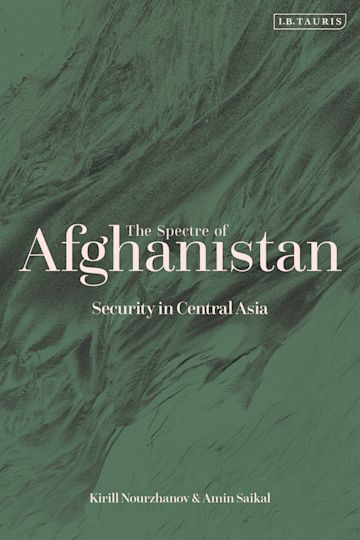


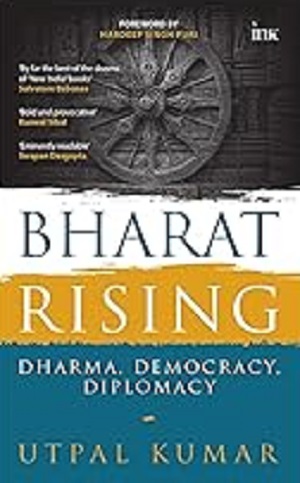
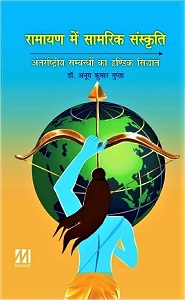
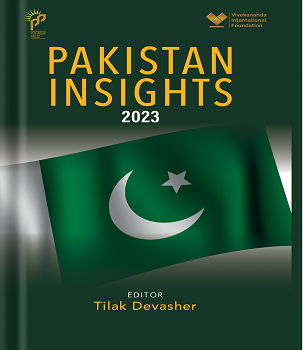
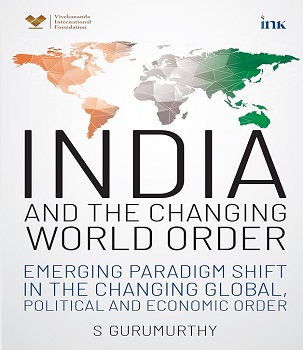

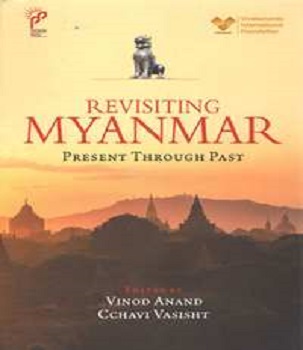
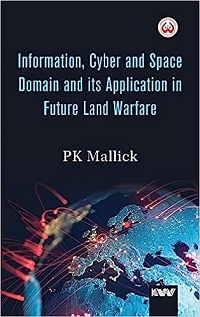
Post new comment